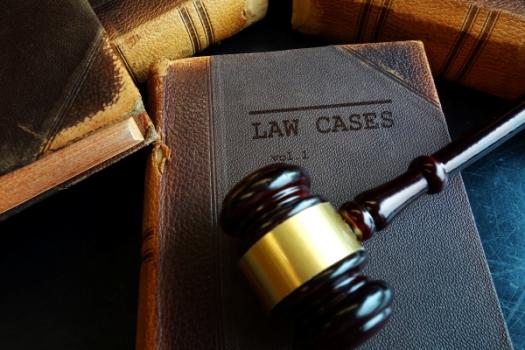
White and Williams LLP firm discusses recent industry-related cases.
MOLD EXCLUSION
New Jersey appeals court concludes that claims by a condominium resident alleging injury from indoor exposure to mold did not fall within a “consumption” exception to mold exclusions* in CGL policies where the resident demonstrated only that mold was present on his food and not that he was injured by eating mold on the food. It reasoned that, if the resident needed to prove only that there was mold on his food, and not that he was injured by eating the mold, “the exception [would] swallow the exclusion.” The court further determined that, although the exclusions in certain policies did not include anti-concurrent causation clauses, they were not subject to the efficient proximate cause doctrine** because, under their unambiguous language, “it is irrelevant how the mold came to exist; rather, it matters only whether the mold is the direct or indirect cause of the alleged damages.” Because the exclusions barred coverage, the court found it unnecessary to review the lower court’s determination that the resident’s claims were subject to the “first manifestation trigger” rather than the “continuous trigger.”
Reprinted courtesy of John S. Anooshian, White and Williams LLP, Paul A. Briganti, White and Williams LLP, Gianna Martorano, White and Williams LLP, Alison Bennett, White and Williams LLP, Robert Drummond, White and Williams LLP, Jeremy J. Koepf, White and Williams LLP and Morgan Liptak, White and Williams LLP
Mr. Anooshian may be contacted at anooshianj@whiteandwilliams.com
Mr. Briganti may be contacted at brigantip@whiteandwilliams.com
Ms. Martorano may be contacted at martoranog@whiteandwilliams.com
Ms. Bennett may be contacted at bennettal@whiteandwilliams.com
Mr. Drummond may be contacted at drummondr@whiteandwilliams.com
Ms. Liptak may be contacted at liptakm@whiteandwilliams.com